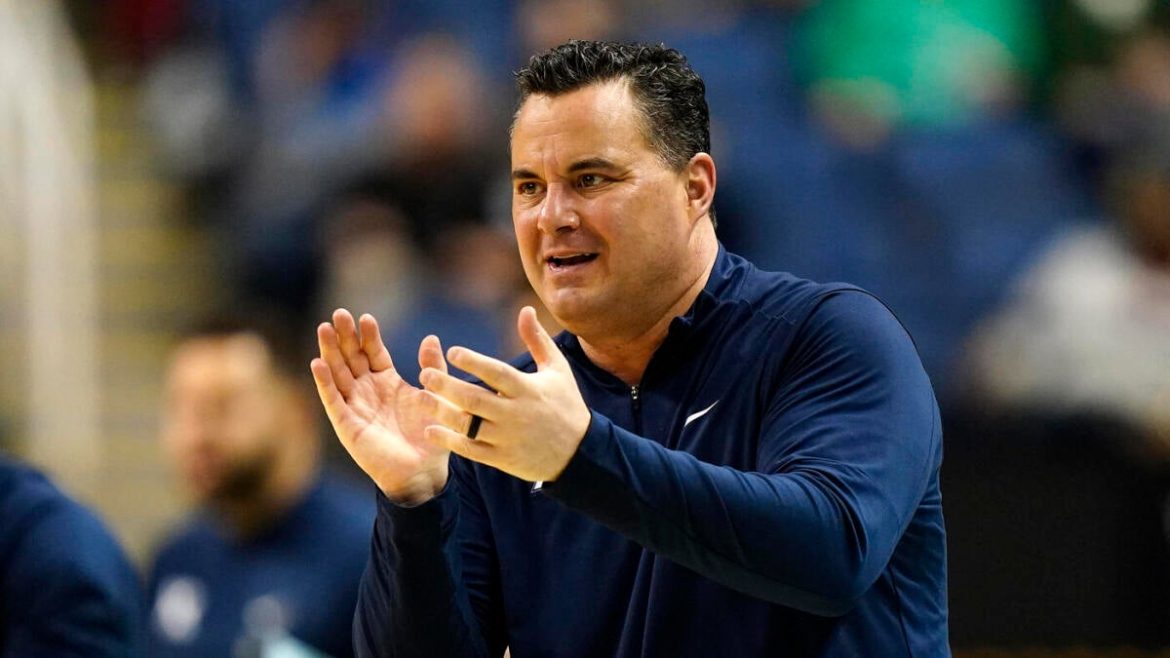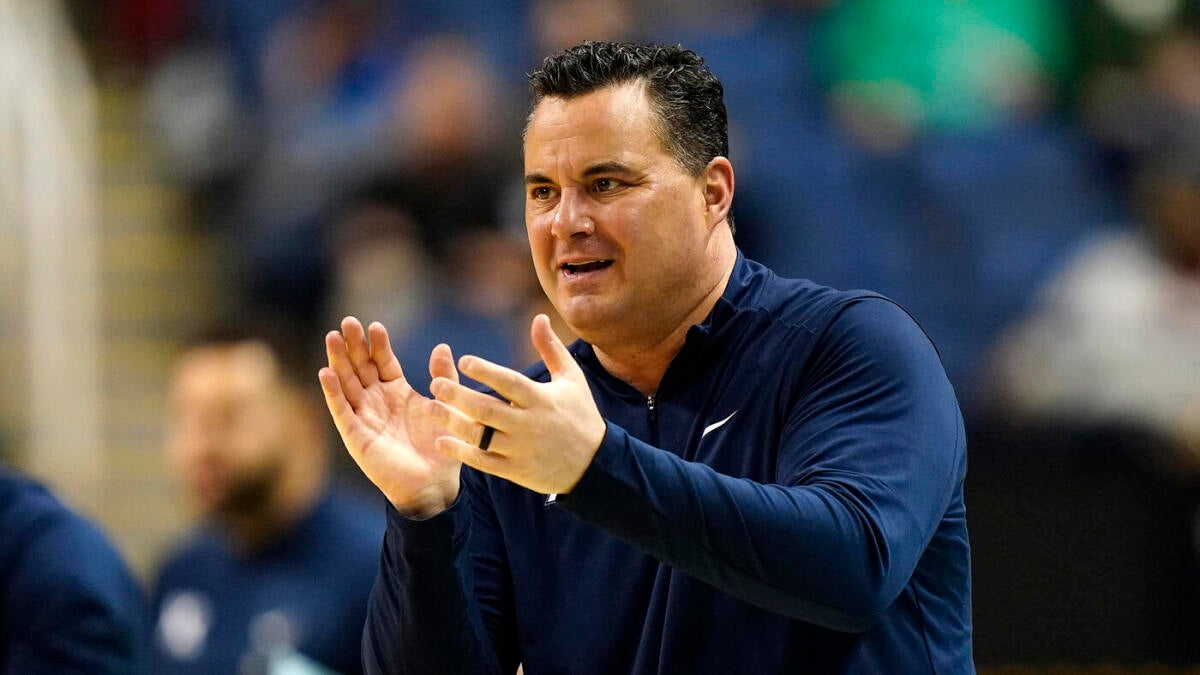Sean Miller’s Appointment as Texas Longhorns Men’s Basketball Coach: A Comprehensive Analysis
Sean Miller’s entry into the University of Texas men’s basketball program represents a pivotal moment for the Longhorns as they seek to elevate their profile within college basketball’s highly competitive landscape. With a distinguished coaching career spanning over two decades, Miller brings a wealth of experience and a proven track record to a program eager for consistency and success, especially in the rigorous Southeastern Conference (SEC).
Background and Career Trajectory
Sean Miller, at 56 years old, embarked on his first season with Texas in 2025, marking his debut in the SEC and his third power conference experience out of the major college basketball landscape. Having previously helmed the basketball programs at Xavier University and the University of Arizona, Miller’s coaching résumé includes multiple appearances in the NCAA Tournament’s Sweet 16 and Elite Eight rounds, highlighting his ability to develop competitive teams.
Miller’s tenure at Arizona was particularly noteworthy, leading the Wildcats to four Elite Eight appearances, including the significant 2011 season when Arizona eliminated Texas from the tournament. This history lends a narrative of competitive familiarity as he transitioned to Texas, having recently led Xavier to a victory over the Longhorns in the 2025 NCAA Tournament, an event that indirectly triggered Texas’s coaching change.
The Context of His Hiring: Challenges and Expectations
The Texas men’s basketball program was fresh off a somewhat underwhelming season in 2024–25, finishing with a 19-16 overall record and a disappointing 6-12 mark in SEC play. The program had also been undergoing a period of instability, marked by the firing of former head coach Chris Beard amid legal troubles and an interim head coach, Rodney Terry, whose tenure lacked sustained success.
In this environment, Miller’s hiring was not only a strategic move to stabilize and improve the program but also a statement of ambition. The University of Texas board of regents approved a six-year, $32 million contract for Miller, underscoring the program’s commitment to reclaiming its place among college basketball elites. Miller himself acknowledged the major struggle involved in deciding to take the Texas job but expressed enthusiasm about the university’s resources and the program’s potential.
Navigating the Dynamics of a Football-Centric School
One of the notable challenges for Miller is operating within a university deeply influenced by football’s dominance. For the first time in his career, Miller highlighted the necessity of hustling in a football school — a landscape where basketball programs must compete for attention, funding, and fan engagement against the backdrop of the richly entrenched football culture. Nonetheless, Miller expressed no reservations, stating that he saw “no better place to be” than the SEC, which he described as the pinnacle of competitive college basketball conferences.
The Promise of Resources and Building a Perennial Great Program
Miller was optimistic about leveraging the University of Texas’s substantial resources. His approach centered on uniting the school’s manpower, facilities, and support systems to develop a championship-caliber team. The move to the Moody Center as the Longhorns’ new home court symbolized a fresh chapter, offering state-of-the-art facilities necessary for recruiting top-tier talent and fostering player development.
This strategic integration of the university’s assets with Miller’s coaching philosophy aimed to establish Texas as a perennial powerhouse, capable of contending for championships and consistent tournament performance. Miller’s prior success in building competitive programs at Xavier and Arizona laid the foundation for realistic ambitions at Texas.
Staff Changes and Program Restructuring
With his arrival, Miller initiated staff restructuring, bringing new assistant coaches and support personnel to align the team’s culture with his vision. This effort was intended to enhance recruitment pipelines, player mentorship, and on-court strategies. Such changes are typical for a coach beginning a new tenure, especially one aiming to quickly embed a distinct style and operational approach.
Community and Fanbase Engagement
Early responses from fans and the broader Texas basketball community have been cautiously optimistic. Over 8,000 fans gathered in prior seasons, reflecting a passionate but sometimes under-engaged fanbase relative to football’s presence. Miller’s reputation and hands-on coaching style were expected to boost attendance, media attention, and enthusiasm, helping to rebuild the Longhorns’ basketball identity under his leadership.
Competitive Outlook and Early Season Preview
At the outset of the 2025 season, the Longhorns, under Miller’s leadership, were slated to face a tough opening schedule, including renewing rivalries within the SEC—most notably against teams like No. 13 ranked Texas A&M. Analysts predicted a challenging road ahead as Miller’s squad adapted to new systems and sought to improve upon prior performance.
Still, Miller’s history of delivering NCAA tournament success and ability to elevate team performance suggested that Texas could soon climb the conference standings and foster a new winning culture.
Conclusion: Writing a New Chapter in Texas Basketball
Sean Miller’s arrival at Texas marked the beginning of a transformative era for the Longhorns men’s basketball program. Combining his extensive coaching background with the resources and platform Texas offers, Miller is positioned to overcome historical inconsistencies and program turbulence. Facing the dual challenge of competing in one of college basketball’s strongest conferences and within a football-first athletic culture, Miller embraces the opportunity with determination and optimism.
Time will ultimately determine how successfully Miller translates this vision into sustained on-court achievements, but the foundations laid during his first offseason and debut season have generated renewed hope among stakeholders. The Longhorns are poised to emerge as a formidable force, as Miller aims not only to compete but to establish Texas as a “perennial great program” where excellence is the norm rather than the exception.





